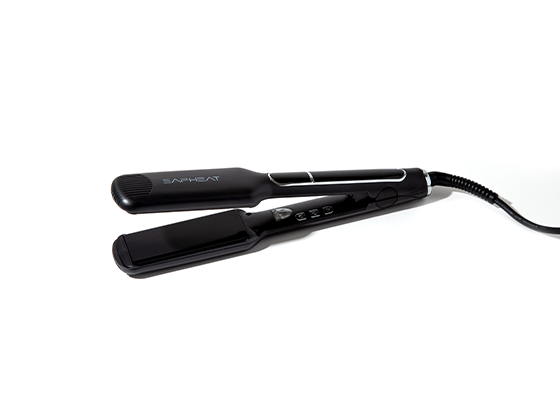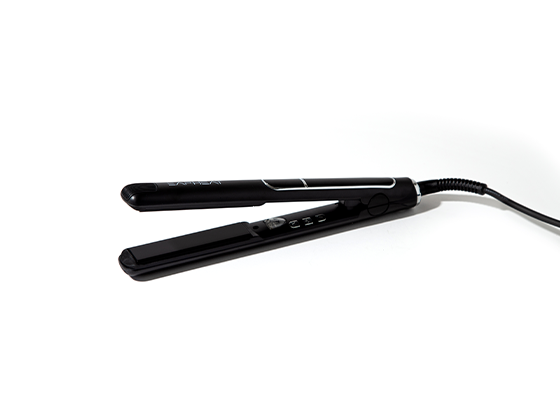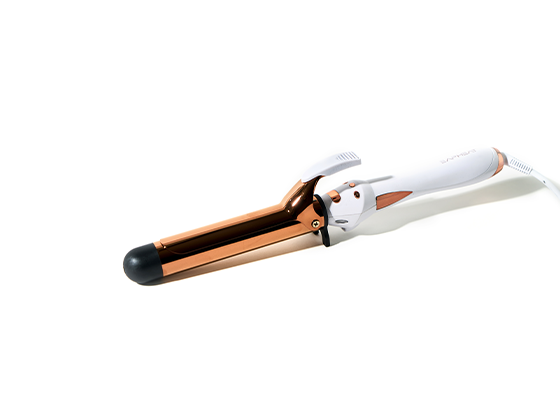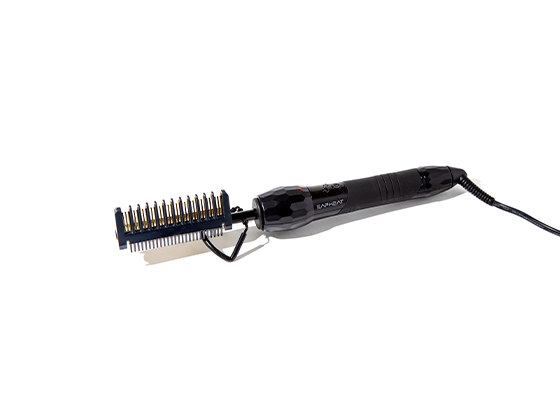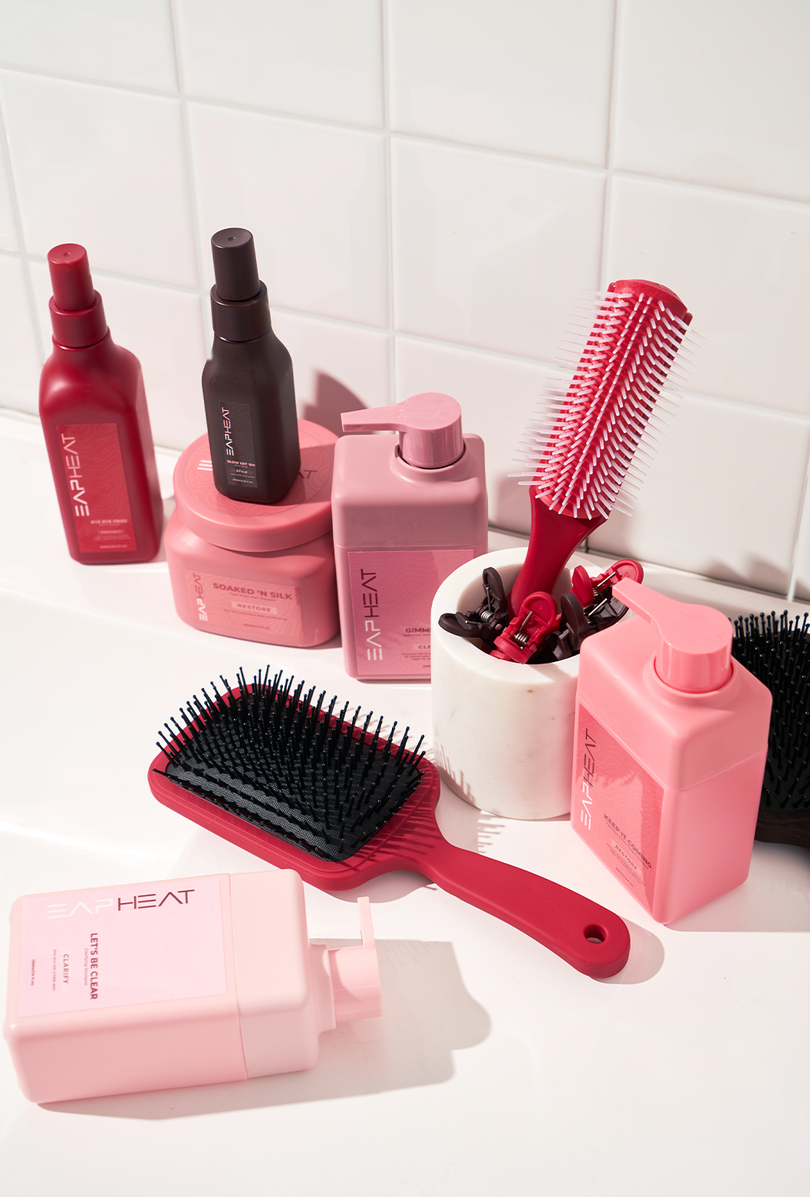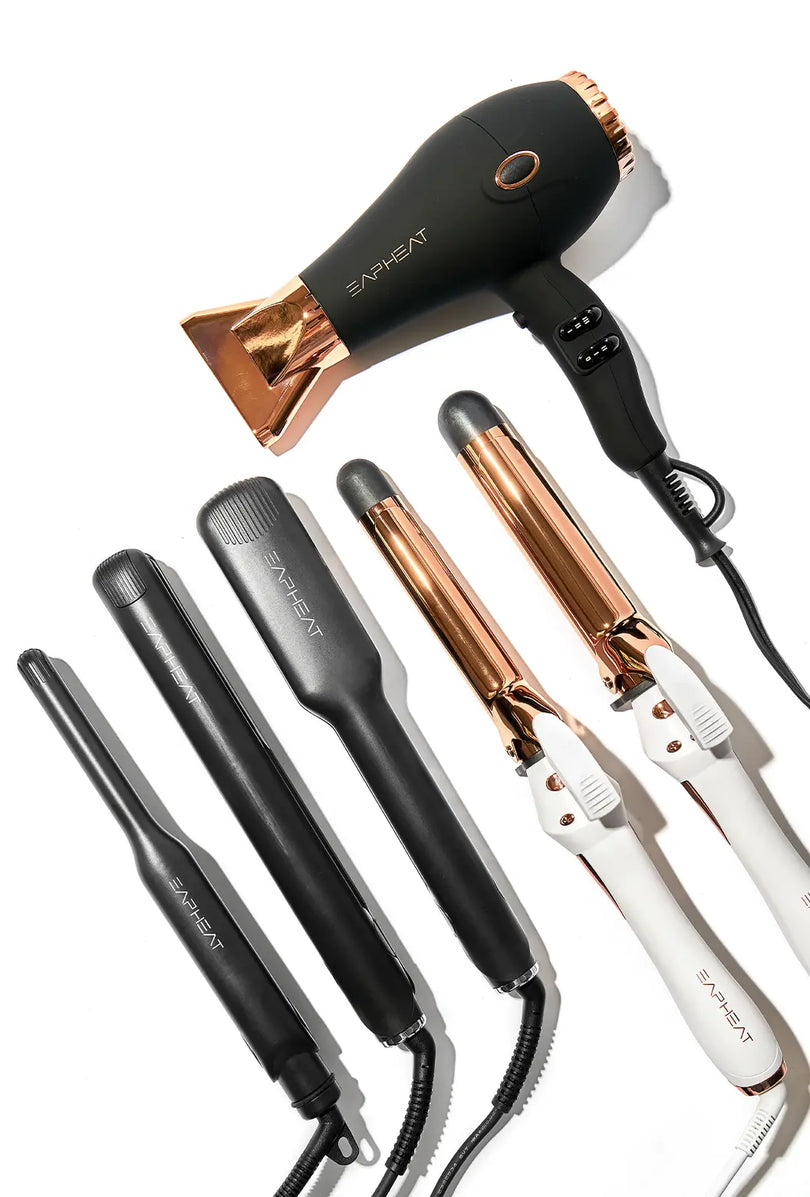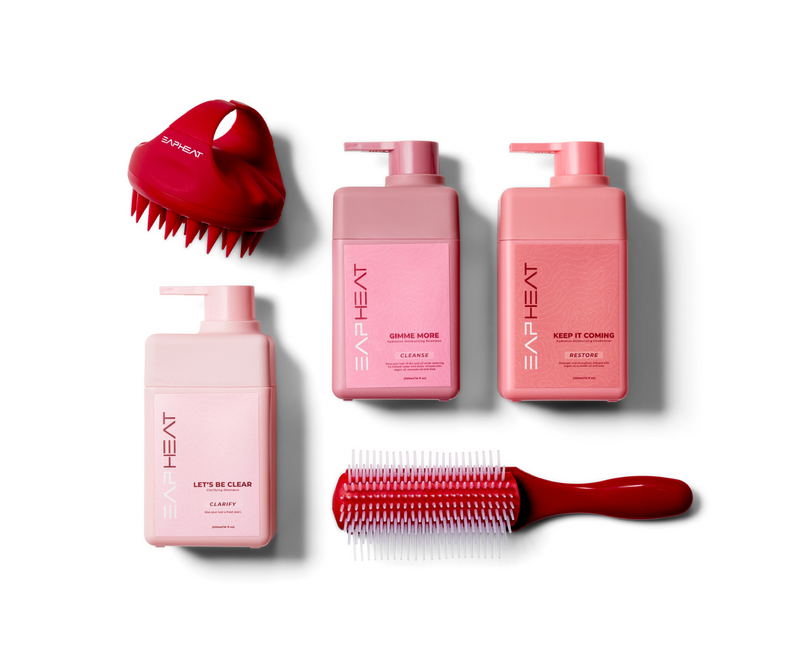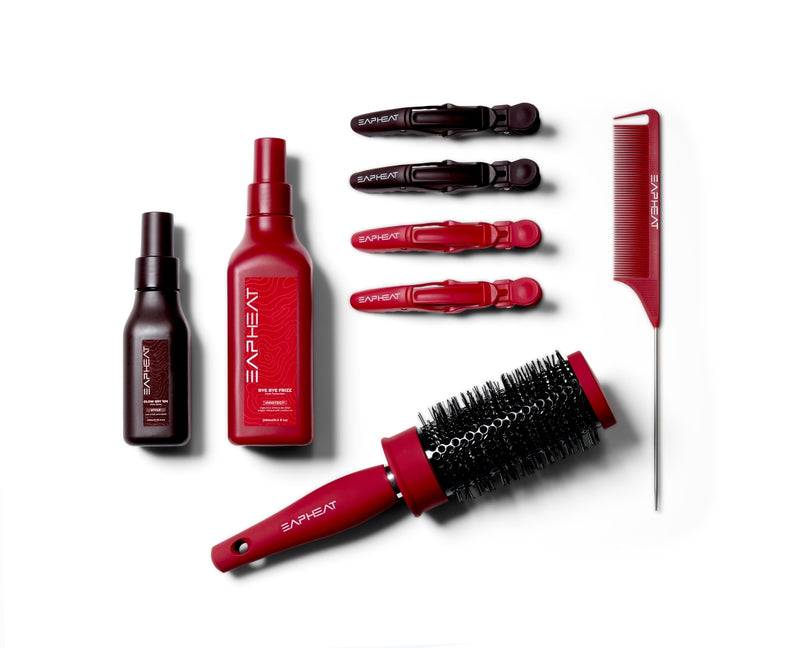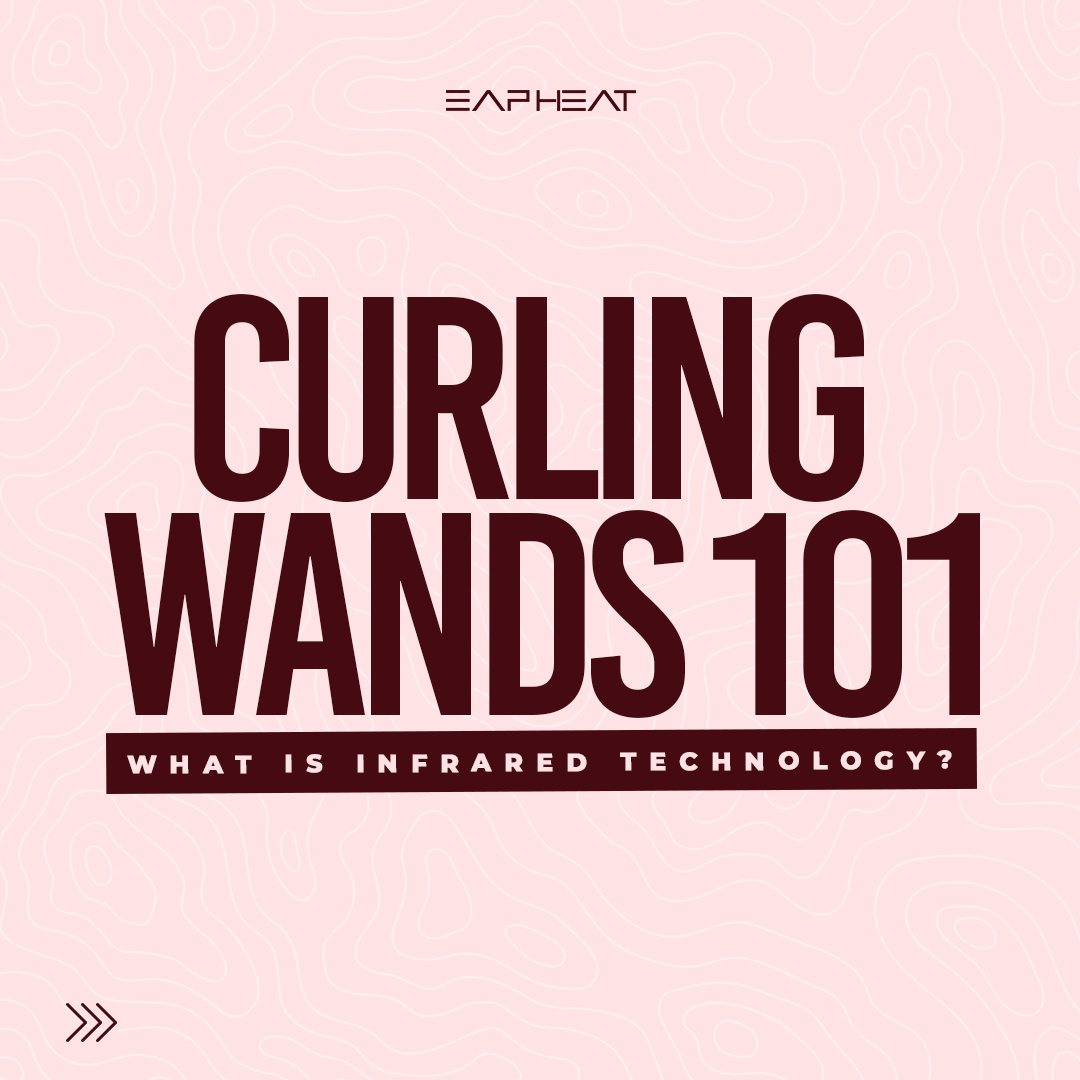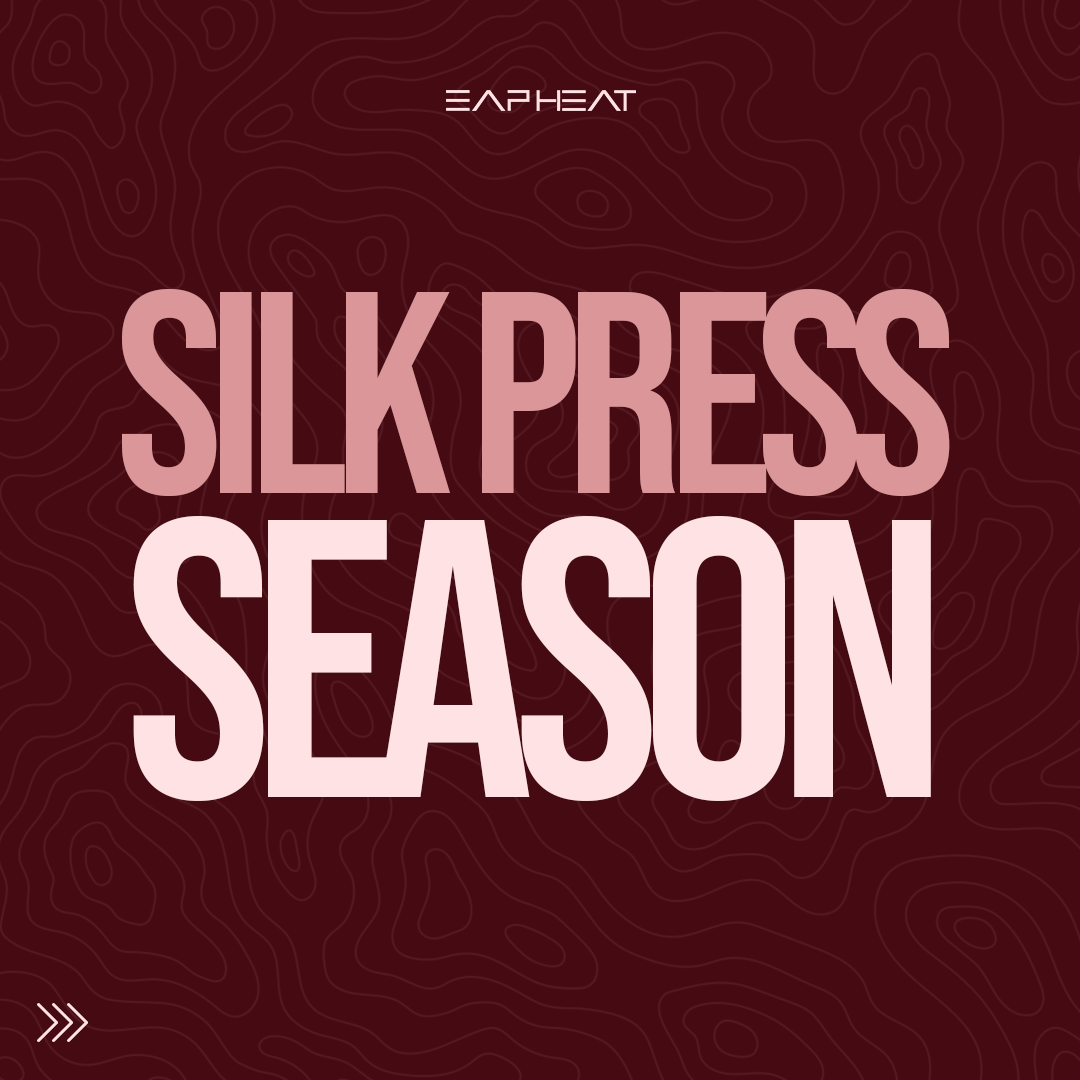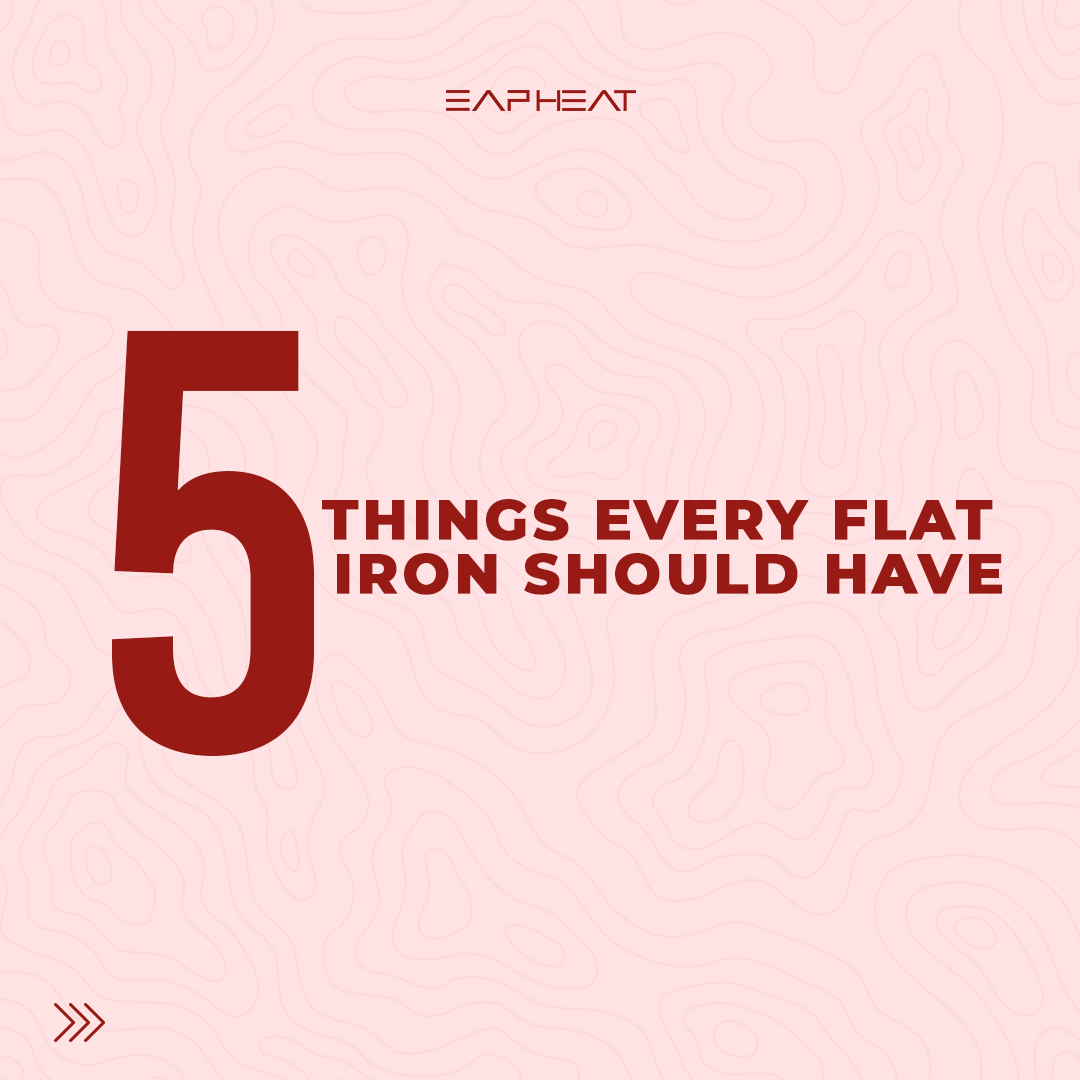Curling wands are much like a curling iron but without the clamp. Instead of working hair through a clamp, you wrap a section of hair (the same amount you would clamp) around the barrel of the curling to create your curls.
Curling wands can be extremely beneficial to those who suffer from damaged or dry ends because you aren’t exposing your ends to the high heat as much as they would have been by using a clamp curling iron. But just like a clamp curling iron a curling wand works on all hair types and textures.
They produce more of an elongated and relaxed curl compared to a more bellowed and pronounced curl that is achieved with a clamp curling iron. Curling wands create curls that are more of an “S'' shape. Now, this isn’t to say that this is the only type of curls that can be created with a curling wand. You can also create tight curls that when done in small sections can give the effect of a naturally textured style.
In regards to finding the correct wand hair be sure you find one that uses infrared technology because it is better for your hair. Infrared heat, heats hair from the inside out penetrating the hair shaft on a deeper level. Instead of applying direct heat it steams hair to straighten it which is a much healthier approach to heat styling.
Here are some quick tips next time you use your curling wand:
- Always start with heat protectant – We can’t stress this enough. Always grab your heat protectant before applying any heat and be sure it dries before curling to avoid hot spots. Spritz Bye Bye Frizz Heat Protectant for smooth, and protective styling.
- Think about barrel size – Base your barrel size on the size of the curls you would like to achieve, if you want smaller curls go with a smaller barrel, and if bigger curls are your thing, go with a bigger barrel.
- Curling angle – Keep in mind the angle you are curling and remain consistent throughout the entire head for a harmonized look. The angle will also alter the look of your curls, curling horizontally will create voluminous wave-looking curls while curling vertically will create identical downward ringlets.

